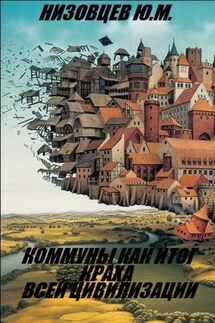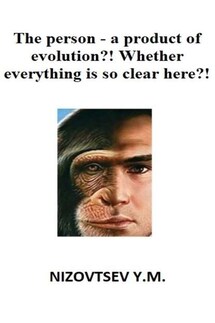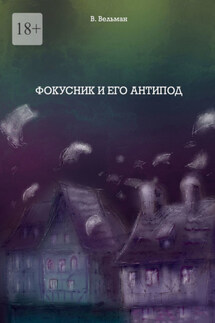Everything and nothingness - страница 15
Thereby awareness by the person of himself gives him opportunity in the course of the practical actions and the subsequent reflection (and vice versa) to find essence, stability of things in their changes, but it happens only on the basis of what the person feels without opportunity to penetrate into the world, which is felt by other living beings, as well as without opportunity to penetrate beyond their own sensations, even expanded with devices, in particular, to get into own hidden consciousness (the subconscious mind), distant worlds, other measurements.
Therefore argument of materialists, including V. I. Lenin, that practice is the only criterion of truth during knowledge of objectively existing things that is everything that exists outside sensations (this ultraboundary Lenin V. I. calls matter) which connect consciousness of the person with the outside world, may not be adequate. This criterion is valid, as we have shown above, only applied to the current life, but not for the entire multifaceted beingness, and, in particular, to prove the presence of things in such form how we perceive them, or lack of things outside sensations is impossible with all certainty.
In this regard, neither materialists, represented by V. I. Lenin in his assertion about the existence of matter as primary and not depending of sensations, nor empirio-critics, represented by Avenarius and Mach, which asserted the primacy and somewhere the uniqueness of sensations, can't apply for the ultimate truth, so how don't represent adequate ratio of beingness, consciousness and information.
However, Avenarius and Mach in his approach to the ratio of sensations and things in some respects moved further Berkeley and Husserl and further the materialists, having presented certain evidence of its concept, in which consciousness becomes attached to things, and vice versa, things do not exist outside consciousness.
At this materialist arguments in the face of Lenin, as you can see, often look unconvincing, though sensation, thought really “… is the supreme product of matter organized in a particular way” [1, chapter 1.2], which Lenin, however, did not give any interpretation.
Lenin was right, that “.... sensation is indeed the direct connection between consciousness and the external world” [1, chapter 1.1]; but in the opposite sense, because the outside world as a holographic projection Uniform is formed directly by the single consciousness; besides, sense organs of each conscious being (the live) are connected with Uniform, on the basis of which the single consciousness is copying every "moment" things for updating of former copies of things from Uniform by means of their identification through sense organs of conscious beings and thanks to understanding by the single consciousness of forms of these things.
Whatever it was, Avenarius and Mach are right in the respect that without consciousness there is no matter and vice versa, though here they exhibit significant fluctuations, then reducing matter to sensations, then claiming that matter as some substance still exists.
In particular, Mach reduces matter to sensations, indicating on this in the following fragment: “Sensations are not “symbols of things”. The “thing” is rather a mental symbol for a complex of sensations of relative stability. Not things (bodies) but colours, sounds, pressures, spaces, times (what we usually call sensations) are the real elements of the world” [15, p. 473].









